In the Progeria type 1, also as that Hutchinson-Gilford progeria syndrome known, it is a serious, albeit extremely rare, childhood disease. In general, progeria can be described as a disease that causes the affected child to age in fast motion.
What is type 1 progeria?
© eranicle - stock.adobe.com
The name of the disease called Progeria type 1 is derived from the Greek, where “Progeria” can be translated as “early age”. Type 1, also known as Hutchinson-Gilford syndrome (Jonathan Hutchinson and Hastings Gilford, the two first doctors to define child progeria), is limited to children.
This form of premature illness causes those affected to age five to ten times faster than healthy people. Accordingly, most of the sick die before they reach adulthood.
The average life expectancy here is only 14 years. Fortunately, type 1 progeria is as rare as it is devastating; the incidence of the disease is estimated at 1 in 8,000,000.
causes
The causes for Progeria type 1 are, according to the current state of science, genetic. In order to understand what causes the body to age in affected persons in fast motion, one has to look at the cellular level:
Those suffering from progeria type 1 lack the protein lamin A, which serves to stabilize the cell nucleus. This protein is normally encoded by the lamin A gene in DNA, but the bases in type 1 progeria are incorrectly arranged.
The result: The right protein is no longer produced, the walls of the cell nucleus are shapeless and collapsed. This in turn impairs the quality of the genetic make-up and the process of cell division. Newly formed cells then function less and less, which accelerates the aging process enormously.
It is assumed that this genetic defect is based on spontaneous mutations, as the parents of the children affected showed no symptoms of progeria type 1, i.e. there was no inheritance.
Symptoms, ailments & signs
In Hutchinson-Gilford progeria syndrome, the first symptoms appear early. The affected children still appear healthy at the time of birth, but the first signs of the disease appear within the first year of life. It is noticeable that the children grow much more slowly than healthy peers. They suffer from short stature early on. Another characteristic symptom of progeria is rapid aging and premature aging.
This manifests itself in severe hair loss and dry, rough and thinning skin. This will make the veins under the skin visible. This mainly affects the skin on the head. Also, the affected children typically have a small face with a nose that resembles a bird's beak. Those affected are particularly thin and bony because they lack subcutaneous fat.
A particularly bright voice is also noticeable. Children with progeria often suffer from diseases that typically affect the elderly. Often it comes to osteoporosis and arthrosis. Cardiovascular diseases are also less common. With advanced progeria it can even lead to heart attacks. The affected children often have malpositions or stiffening of the joints and broken bones. They are no more often affected by other diseases such as cancer or dementia than healthy children.
Diagnosis & course
Since the symptoms of Progeria type 1 If they appear in the first few years of life, a diagnosis can be made quite early. The appearance of these symptoms alone is usually sufficient to diagnose type 1 progeria (Hutchinson-Gilford progeria syndrome) in the affected child.
A genetic test can only provide complete certainty as a precaution. However, the external characteristics of the disease are unmistakable: Children suffering from progeria type 1 remain short and only have a thin physique. Typical symptoms of aging can be found in them, such as massive hair loss and rough, wrinkled skin.
Bone loss, vascular diseases and the loss of subcutaneous fatty tissue also belong to this with increasing age. Most of the sick then also die of a heart attack as a result of arterial occlusions. The course of progeria type 1 usually ends in adolescence with death.
Complications
Type 1 progeria is a very serious disease. It already occurs in childhood and must also be treated directly. Otherwise, the person concerned will die. With type 1 progeria, patients suffer from premature aging very quickly. This illness represents a strong psychological burden, especially for relatives and parents.
For this reason, parents can also suffer from psychological complaints or depression. The child has a small face and dry skin. Hair loss can also occur and those affected can only speak in a very childlike voice. Furthermore, if untreated, type 1 progeria leads to muscle and bone loss. The patients also suffer from an increased risk of a heart attack and can eventually die from it.
Type 1 progeria cannot be treated causally. For this reason, only the symptoms are treated. With the help of various therapies, the symptoms can be limited. However, the life expectancy of the person affected is significantly reduced and restricted by the disease.
When should you go to the doctor?
Children who develop peculiarities within the developmental process should be presented to a doctor. An unusually rapid aging of the child should be examined and treated immediately by a doctor. In most cases, the first abnormalities appear within the first year of life.
A delay in growth in direct comparison to children of the same age should be discussed with a doctor. Many of those affected are stunted. Hair loss, a change in the complexion, aging or an appearance that resembles that of an adult must be clarified by a doctor.
A doctor's visit is also necessary if there are disturbances in the heart rhythm or if visual changes develop in the face. A small face with a bird-like nose is characteristic of the disease and must be examined as soon as possible. A visit to the doctor is advisable as soon as the first abnormalities become apparent, as the disease leads to the premature death of the person affected if left untreated.
Short stature, misalignments or irregularities in joint activity are signs of a health disorder. There is a need for action to prevent serious complications from occurring. Peculiarities of the musculoskeletal system, frequent bone fractures and a heart attack in childhood are alarming indications of an existing illness. An extensive examination is necessary so that a diagnosis can be made and a treatment plan can be worked out.
Treatment & Therapy
Due to the fact that Progeria type 1 based on a genetic defect, like other genetic diseases it cannot be treated causally. The only thing that can be done for those affected by this fateful condition is treatments to alleviate the complications that arise with type 1 progeria.
To strengthen the muscles, physiotherapy can be used to improve the mobility of the sick. Special lotions can be used to keep the skin supple. In addition, medication can also be prescribed to reduce certain symptoms as much as possible.
These include, for example, agents against bone loss and vascular diseases. Due to the rarity of the disease, however, many drugs are still in the test phase. Nevertheless, every conceivable measure should be taken to at least improve the quality of life of those affected by progeria type 1.
prevention
Unfortunately, type 1 progeria cannot be prevented. It is a purely accidental genetic disorder that arises from spontaneous mutations, even if it is extremely rare. Inheritance can definitely be ruled out. Nowadays, however, there is the possibility of diagnosing type 1 progeria by means of a genetic test before birth.
Aftercare
There is no effective follow-up care for type 1 progeria because the genetic disease has not yet been treatable. Children who suffer from the disease still need to have regular check-ups. During these examinations, the doctor responsible will check whether the child's symptoms have worsened and what the general state of health is.
Among other things, it tests how flexible the patient's joints are and how sensitive the child is to pain. An examination of the blood circulation and the cardiopulmonary functions is also absolutely necessary. Depending on the child's physical condition, symptoms will be treated as much as possible.
Physiotherapy tailored to the patient can help counteract the progressive stiffening of the joints. Sensitive skin should be protected with special creams, lotions and regular baths. A healthy, balanced diet combined with medication to prevent the formation of thromboses supports the blood circulation.
But psychological support for the child and their family is also very important. Since the children are often marginalized by their peers because of their illness, they should get in contact with other children in special therapy groups. Parents, on the other hand, should learn how to support their child in everyday life and also to let them forget that they are suffering from an incurable disease.
You can do that yourself
A child with type 1 progeria is likely to have to rely on others for their entire life. This means an enormous physical and emotional burden for the parents. To compensate for this, parents should seek supportive psychotherapeutic treatment. This also applies to the patients themselves, who may be bullied or marginalized.
There are no direct self-help groups for progeria sufferers and their relatives; the disease is too rare for that. However, the website www.progerie.com offers further information and help for self-help. In the USA there is an association that brings parents and their progeria children together across the individual states: www.progeriaresearch.org. The operators of this website also organize events at which the children affected worldwide can meet under the motto “Meet the kids”. These meetings can be very motivating and supportive for both patients and their relatives. The little progeria patients find friends there who suffer the same fate. Some of them become role models because they are much older than the average forecast would normally suggest.
In addition to symptomatic treatment of the disease, it is advisable to protect the patient's delicate skin from the sun and to apply lotion regularly to keep it supple.

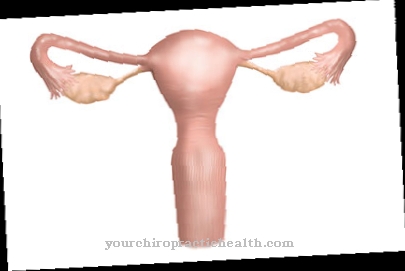
.jpg)
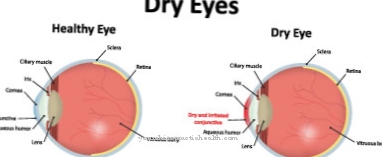
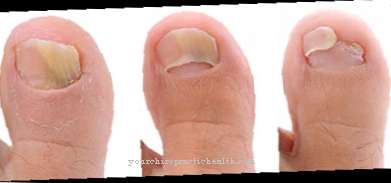
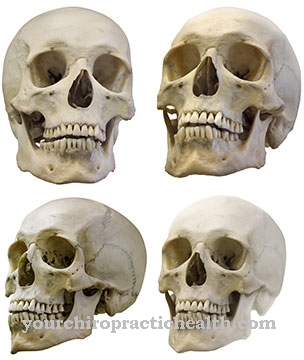
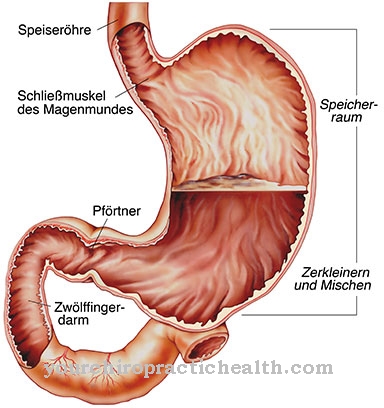


















.jpg)


